Top 4 Most Important Things to Know Before Buying an Aloe Vera Indoor Plant
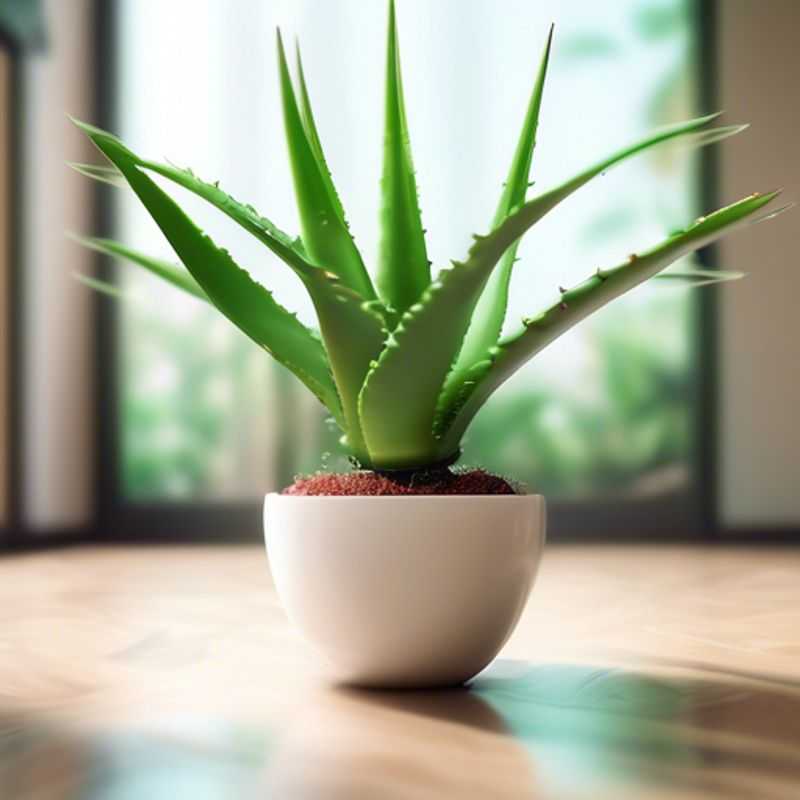
4 Essential Tips Before Buying Your Indoor Aloe Vera Plant
Bringing a touch of the tropics indoors with an aloe vera plant is a fantastic idea. They're known for their air-purifying qualities and, of course, their medicinal gel. However, before you rush to buy one, there are a few essential things to consider to ensure your aloe vera thrives in your home. Here's a breakdown of the top 4 things to know before bringing home your new plant:
1. Inspect for Health:
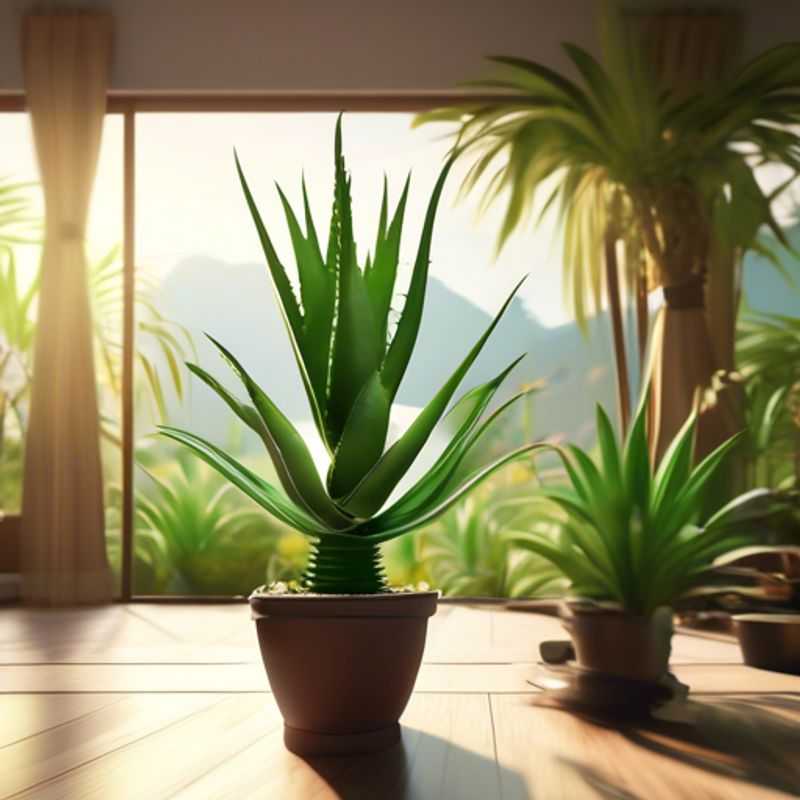
Healthy Plants: How to Spot Vibrant Green Leaves and Firm Stems
Healthy plants are key to a thriving garden, and the first sign of trouble is often limp, dull leaves. Ensuring your plants are healthy with vibrant green leaves and firm stems starts with proper care. Pay attention to their light needs – plants need enough light to thrive, so choose a location that aligns with their specific requirements. Additionally, consistent watering is crucial. Avoid overwatering, as it can lead to root rot. Water thoroughly, allowing excess water to drain away. Nutrient deficiency can also cause unhealthy leaves. Use a balanced fertilizer, and avoid overfertilizing which can damage roots. Regular inspection is essential for detecting pests or diseases early. Addressing these issues promptly will prevent further damage. Remember, healthy plants require a combination of proper light, adequate water, sufficient nutrients, and pest control. This holistic approach will help your plants flourish.
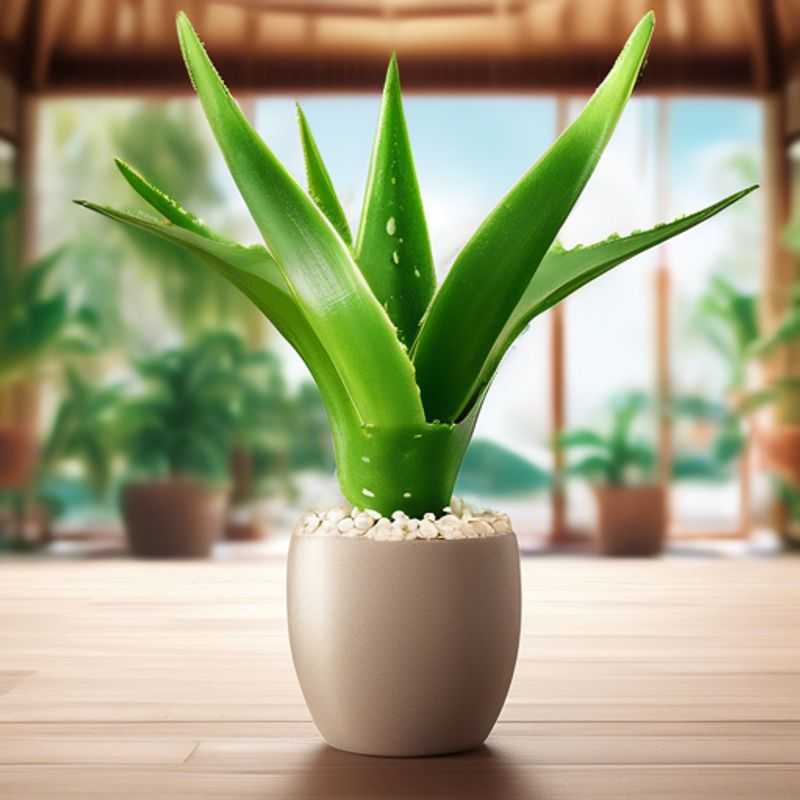
Sunlight Requirements: Ensuring Your Plant Thrives
Providing adequate sunlight is crucial for healthy plant growth. Most plants need a minimum of 6 hours of direct sunlight per day. Sunlight is the primary source of energy for photosynthesis, the process plants use to produce food.
Identify a location that receives at least 6 hours of direct sunlight daily. This might be a window sill, a patio, or a garden bed. Observe the sunlight patterns in your chosen location throughout the day to ensure adequate exposure.
Monitor your plant's growth and adjust its location if needed. Signs of insufficient sunlight include slow growth, pale leaves, and elongated stems. If your plant is not thriving, it might need to be moved to a sunnier spot.
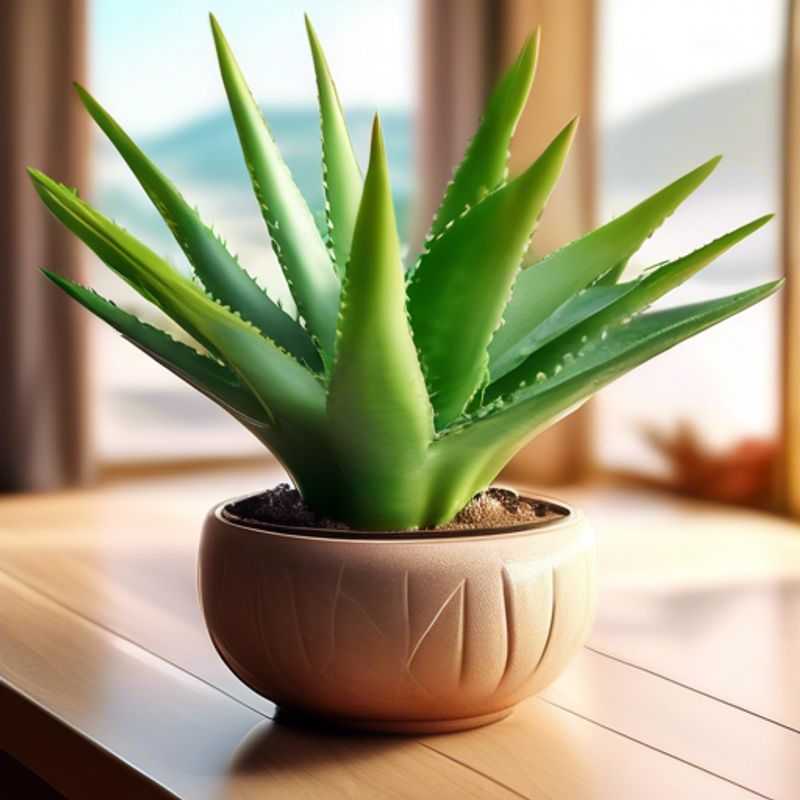
Water Wisely: The "Touch Test" for Plant Hydration
The rule of thumb for watering succulents is to wait until the soil is completely dry to the touch before giving them another drink. This usually happens around every 2-3 weeks, but the exact frequency depends on the specific plant and its environment. Overwatering is a common problem for succulents, leading to root rot and plant death. To avoid this, ensure the soil is completely dry before watering, and use a well-draining potting mix. When watering, soak the soil thoroughly until water drains from the bottom of the pot. Never leave succulents sitting in water.
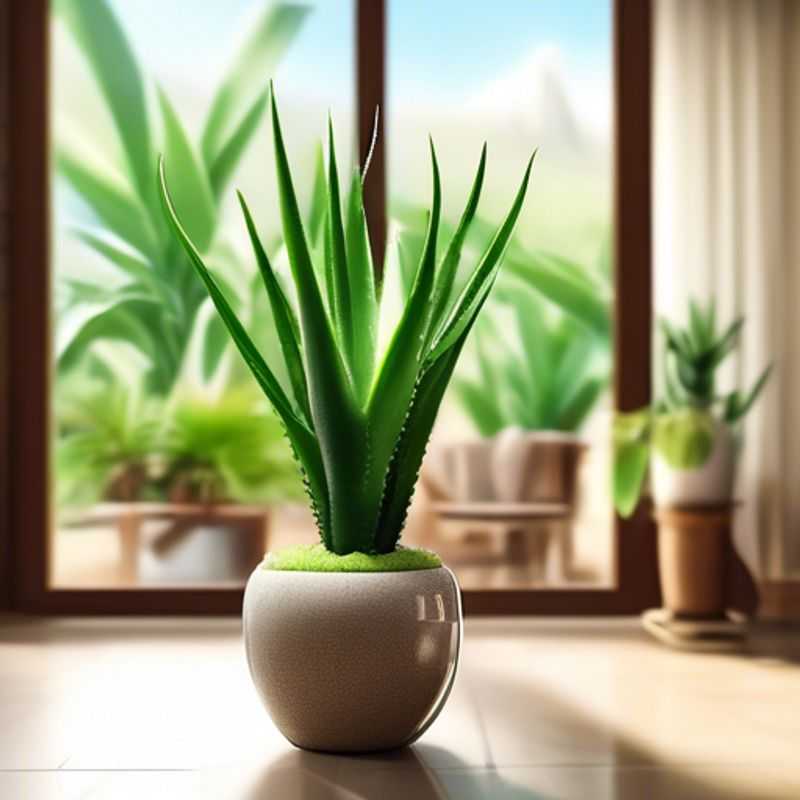
Choosing the Right Pot for Drainage: Preventing Root Rot in Your Plants
Good drainage is crucial for plant health, especially when it comes to preventing root rot. Root rot occurs when soil stays waterlogged, suffocating roots and making them susceptible to diseases. Choosing a pot with proper drainage is a fundamental step in keeping your plants healthy.
Here's what you need to know about selecting a pot with good drainage:
First, check for drainage holes. These are essential to allow excess water to escape. Avoid pots without drainage holes, as they can lead to root rot. Second, consider the material of the pot. Terracotta pots have porous walls that allow for better air circulation, promoting drainage. However, terracotta pots tend to dry out quicker. Plastic pots, on the other hand, retain moisture longer. Choose the material that best suits your plant's needs and your watering habits.
Remember: Regularly checking the soil moisture and adjusting watering accordingly is essential for healthy plants, regardless of the pot's drainage capabilities.
